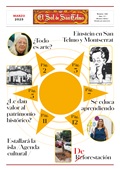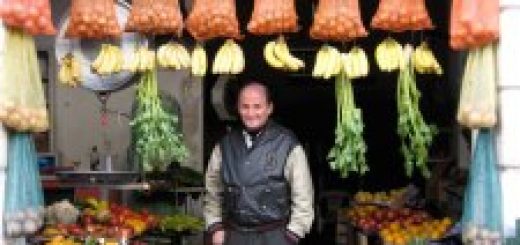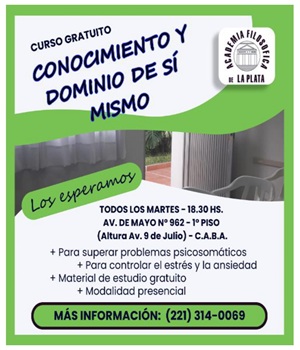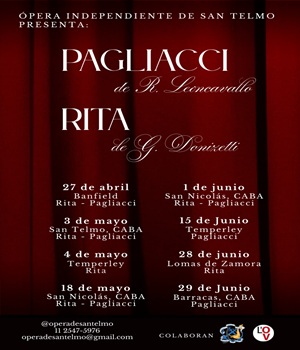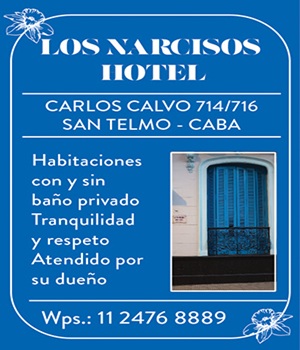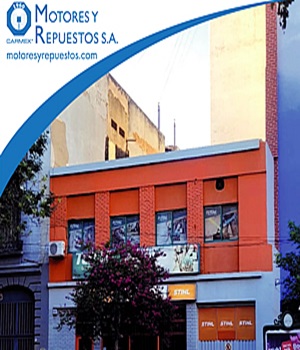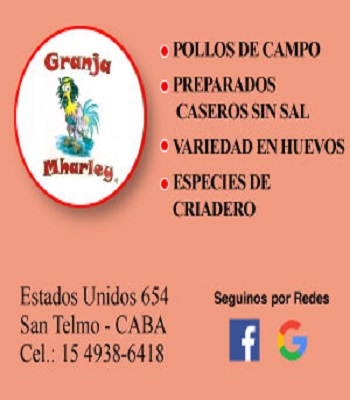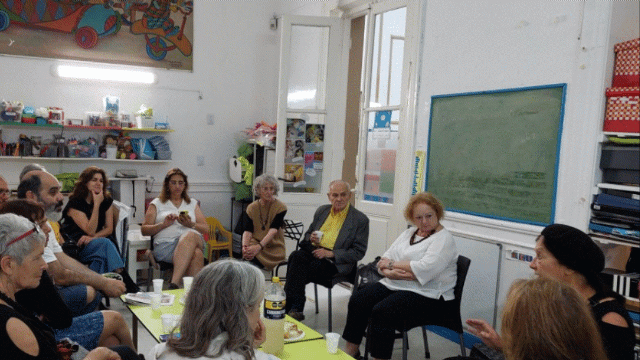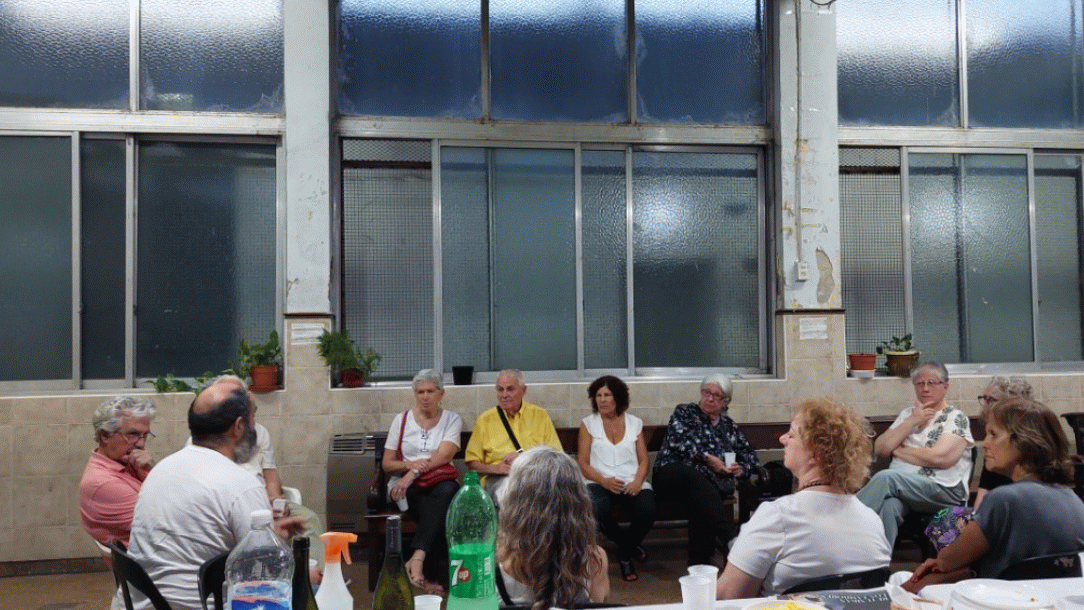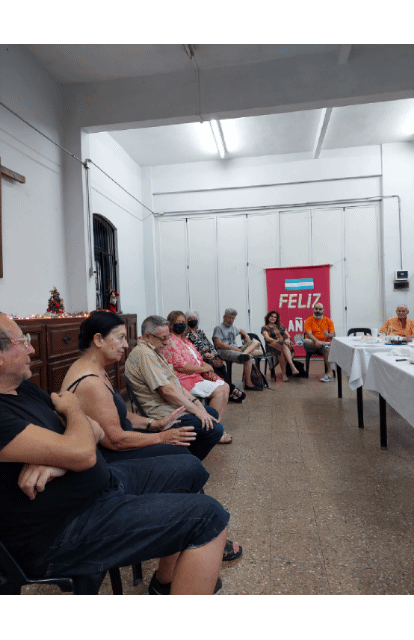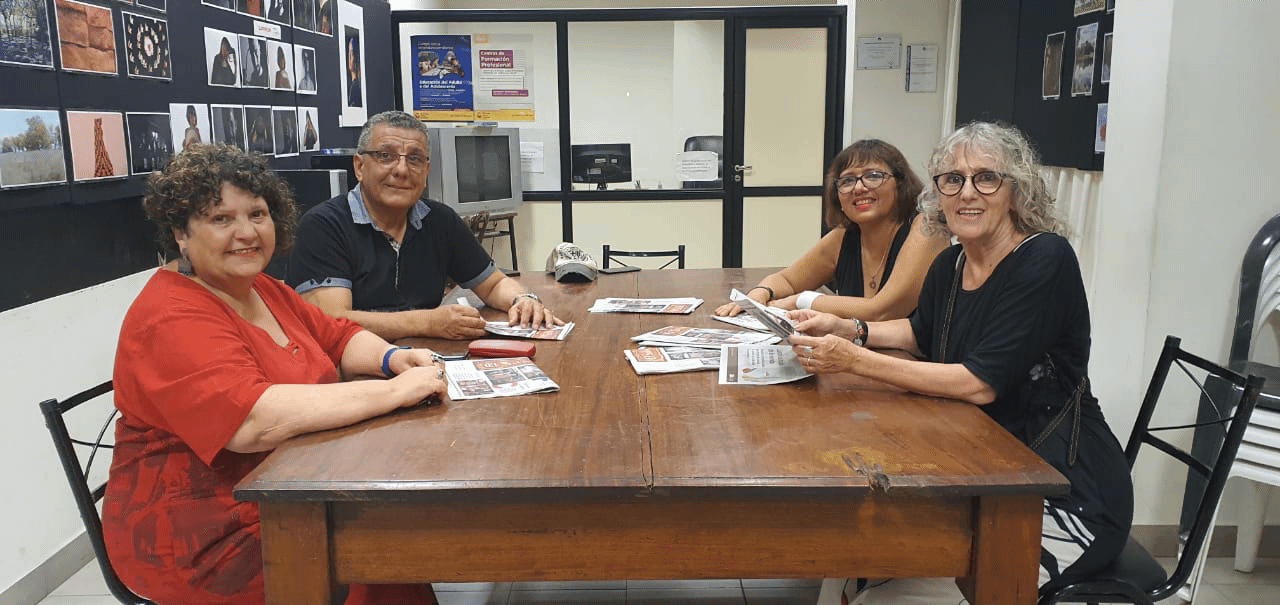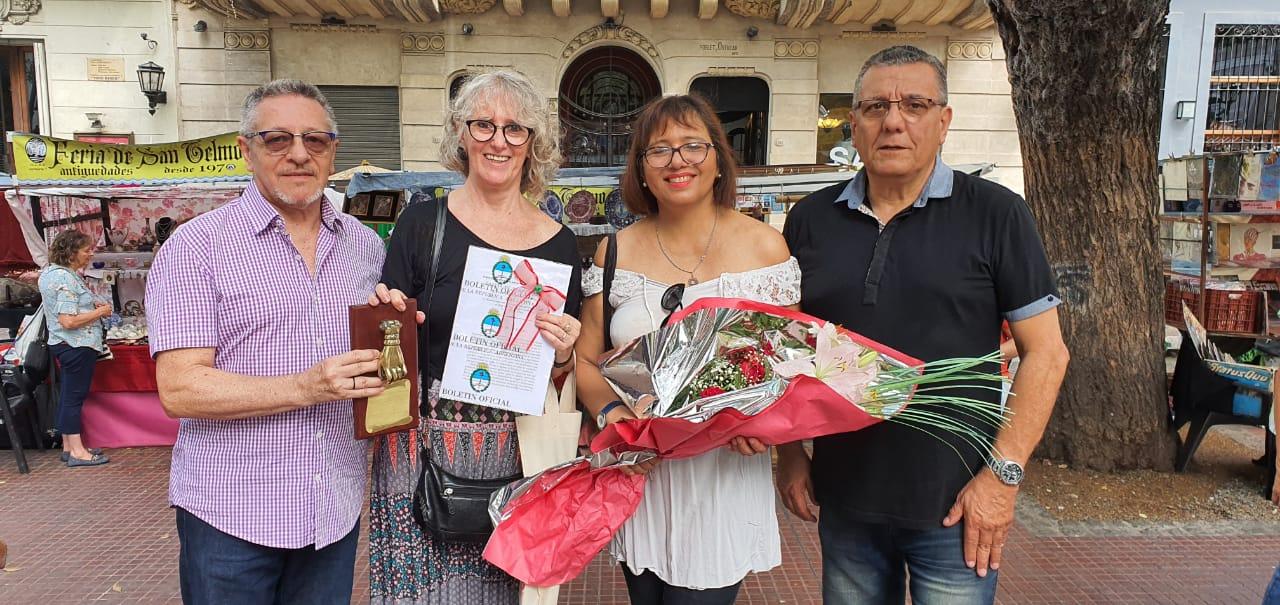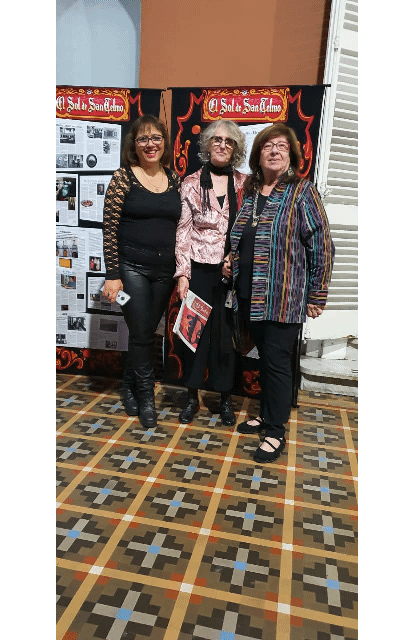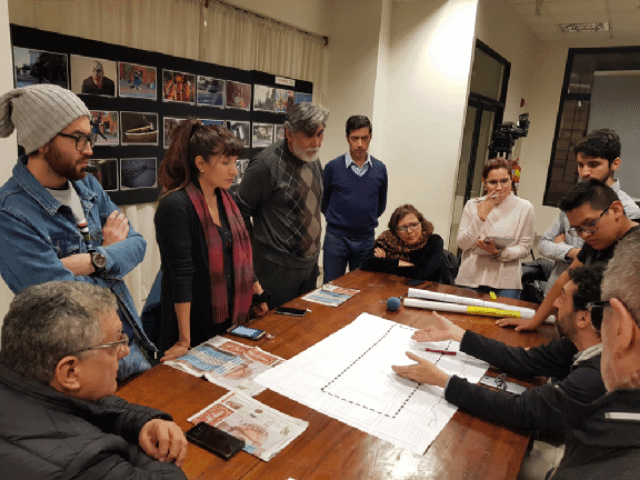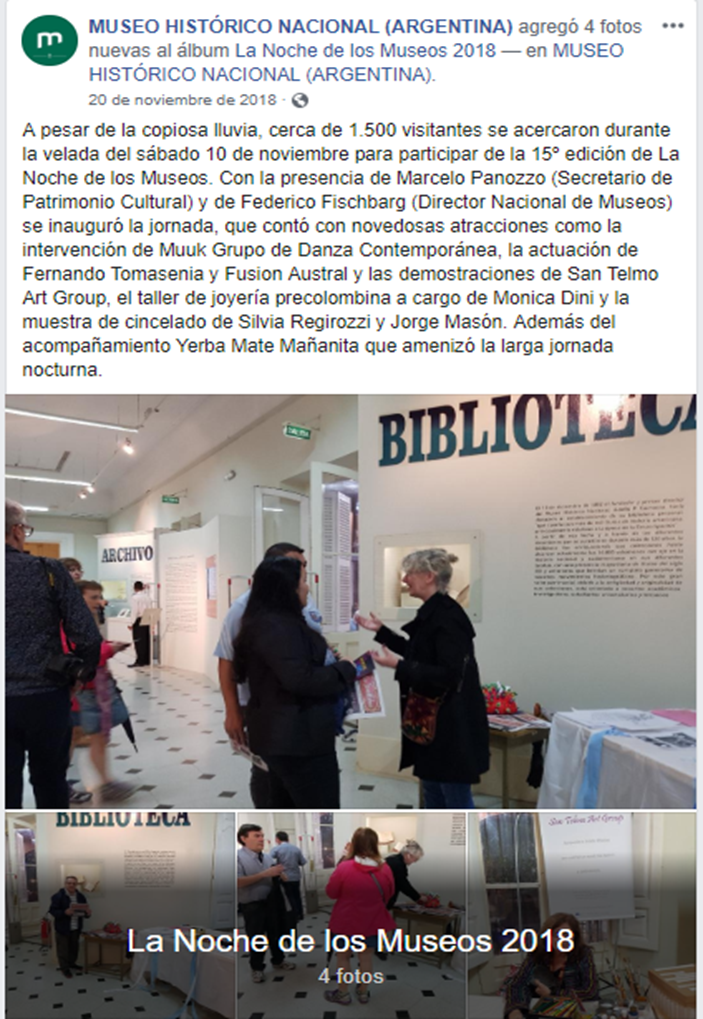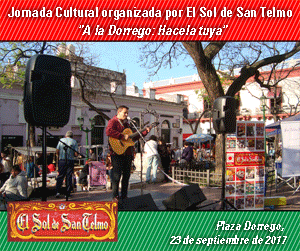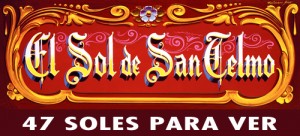Mystic San Telmo: a brand or a neighborhood?
San Telmo always amazes. One might examine the reasons for this: are they tied only to the perception of the observer or visitor, or is it a characteristic of the place itself that instills it with its particular mystique.
How is San Telmo usually described? The neighborhood is always called just that, on its own, as if it were a brand: San Telmo. But in this label an element is missing. San Telmo is the name of a space in the city that we consider a neighborhood, so it should always be referred to as the neighborhood of San Telmo.
Why is it important to join the concept of neighborhood with San Telmo? Is it because San Telmo deserves it? Or because neighborhood is what animates it? Let’s review what San Telmo is like today and what characteristics it possesses.
There is currently a large wave of investors of different types; San Telmo grows, new shops open their doors, and construction sites proliferate. But in most of these cases the interest is economic, motivated by the “trademark” of San Telmo and by the benefit that may come from investing in it. Although this calculation may be important, it is not what’s most relevant when considering San Telmo as a neighborhood.
Everyday people also live in San Telmo. They live in their houses or apartments with their families, they go to their jobs, take their kids to school, buy their groceries daily. These are families who enjoy living in the neighborhood. There are still elderly people who lend their distinguished presence to the place, and this is part of its beauty.
San Telmo also has tenements, squatter homes and low-rent hotels. The people who live in these places are like those in any other, with the difference that they have other needs to meet. Perhaps they don’t have work, or maybe many of them cannot buy groceries daily, maybe not all their children can attend school.
San Telmo still has fruit and vegetable stands, butchers, dry goods stores, corner markets, liquor stores, bars and places where one can eat in classic neighborhood style as one might have done anywhere in Buenos Aires some time ago.
Foreigners are noticeable, and lend a comopolitan touch to the neighborhood, and the tourist is met by a great quantity of hostels, hotels, and apartments where they might stay for extended periods of time. The entertainment options are abundant, be it for youth, adults, or the elderly. There are clubs, bars, cultural centers, etc.
All this combined with the antique stores which are never too far, it’s wonderful to see how on the weekends San Telmo becomes saturated with artisans’ work, how it changes drastically, how it becomes a pedestrian thoroughfare.
During the week, it’s incredible to see how the neighborhood transforms itself at different moments during the day. When there is still daylight there’s lots of traffic and people circulating in San Telmo’s streets. However, by night this situation changes and the neighborhood becomes more relaxed and intimate; yet as the evening progresses the scene changes again.
In reality, the interesting thing about these characteristics is not to see them singly, as separate phenomena, but instead as they truly occur—coexisting one alongside the other at any given moment. All of them integrate that amorphous and diverse entity that is San Telmo.
It’s because of this cumulative sum of realities that I refuse to abandon the idea that San Telmo, above all, is a neighborhood. An infinite number of stories, people and places coexist and intersect in San Telmo. It’s more than a brand; it was, today remains, and I hope always will be, a neighborhood. There is life in it and as I walk its streets I feel its pulse. I think it is for these reasons that San Telmo always amazes.
—Martín Cuevas
